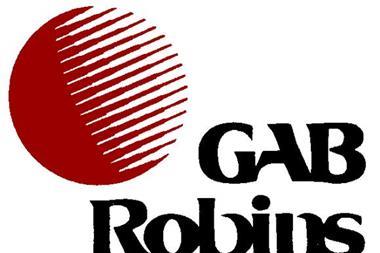Of course fraud is a headache for insurers. But perhaps now is the time to focus on other issues – cost-shifting, for example
Much has been written about the increases in fraud as the recession bites. But three other related issues have received little attention:
1) The risk of cost shifting
The government is short of cash. Could insurers be a target for off-loading costs? There have been initiatives like this before, transferring costs
from the public purse to the premium-paying policyholder. Over the years we have seen the recoupment of Compensation Recovery Unit benefits and NHS treatment charges, plus legal aid restrictions and, now, an imminent increase in court fees.
It’s happening elsewhere. In some Australian states, for example, levies on insurance premiums pay more than 70% of the cost of fire-fighting services, adding about 50% to property insurance rates. We have fire brigade levies here but nothing on that scale. Might it not be tempting for the government to innovate and roll out cost-shifting initiatives quietly, with the minimum of fuss?
We must ensure that such initiatives are identified and costed so that we lobby effectively, winning the argument that such cost-shifting is not merely victimless public sector refinancing.
We also must alert all our customers to the risks of a resulting inflation in claims so that markets can respond in an orderly way.
2) The shrinkage of businesses
The recession is inevitably shrinking business activity and, unfortunately, increasing the number of business failures. This may result in a double whammy of increased claims following redundancies and site closures, combined with a reduced ability to deal with those claims effectively for want of evidence.
Our response at QBE has been to offer guidance on best practice, including pre-closure site surveys, site sponsorship, witness lists and contact details, the capture of documents and evidence, document accessibility and document inventories. We also advise the creation of “nil return” lists. The will save time and money when some unfortunate claims adjuster or solicitor is trying to find documents that either never existed or that we know now have been lost.
3) Assessing the claim team’s value
Finally, as financial pressures also bite on insurers, there will be a renewed focus on cost control. Once again, the question “what value does the claims team bring to customers and to the business?” will come up. In the past, the claims team would resort to the usual mantra of expertise, to good relationships with stakeholders and to an anecdotal list of case successes.
That approach never really cut it; value must be demonstrated not just by touch and feel, but also by tailored metrics. But how can we achieve this? At QBE we make sure that we can answer questions such as: how much does it cost to handle a claim to the best standard? What is the best standard? What is best for the customer? How do we add value and how do we measure that value and compare it against others?
If, as an industry, we can manage all of these issues touching on the wider business environment, innovation for our customers, and efficiency and effectiveness in our operations, then we have a good chance to emerge from the recession in better shape to benefit, hopefully, from years of growth ahead. IT





































No comments yet